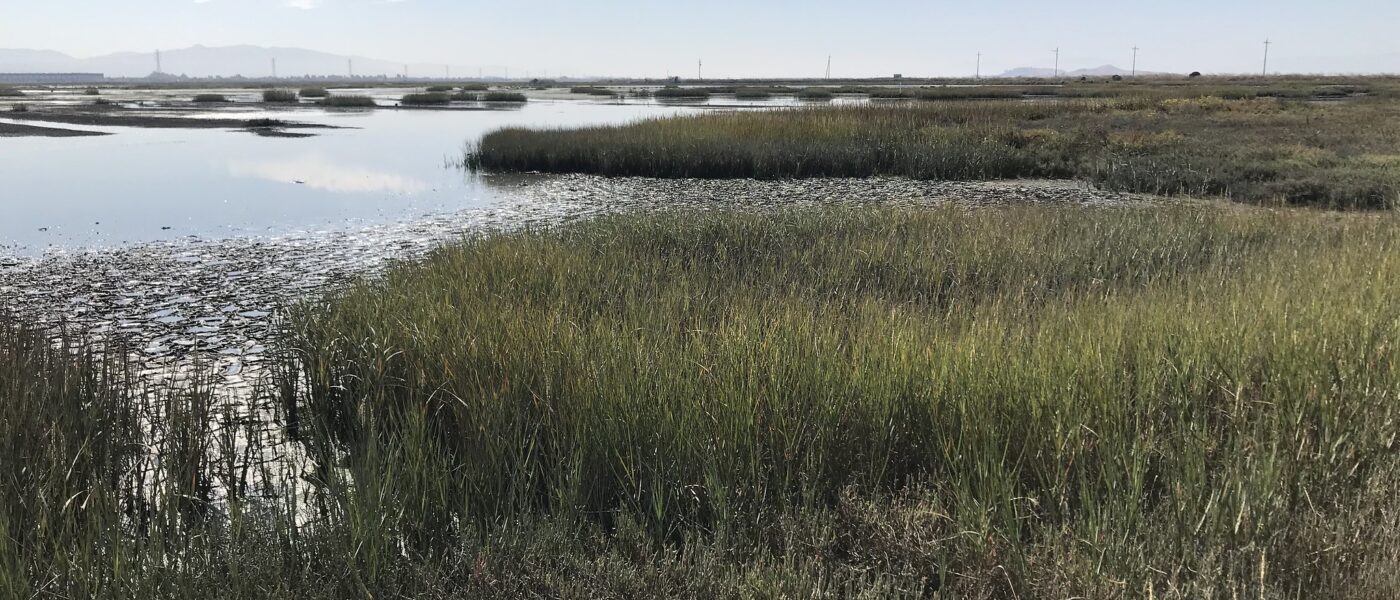Our Favorite Plants & Animals of the Bay
Healing herbs, North America’s smallest butterfly, and a feathered friend with an arch-nemesis – these are a few of our Habitat Restoration Team’s favorite species that you can find along the Bay shoreline. Before you set off on the #BayDayTrailChallenge learn all about the plants and animals that call our region home.
This week we encourage everyone to get out and find your favorite Bay plants and animals. Share photos of your favorite species on Instagram, tag us @saveSFbay, and use #SFBayDay #BayDayTrailChallenge, by Thursday at 11:59 p.m. for the chance to win some fun swag boxes from our friends at AllTrails.
Plants

My favorite species is Fleshy Jaumea, or Jaumea carnosa. This low-growing salt marsh plant is halophytic and has succulent leaves. It’s a vibrant green color that is easy to spot from some distance, and it has adorable little yellow flowers. Super cute and super squishy!
-Rachelle Cardona, Restoration Program Manager
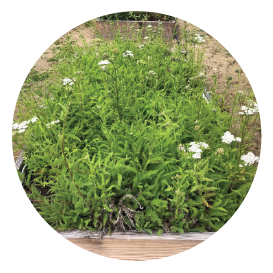
The Common Yarrow can be found in tidal marsh habitats around the San Francisco Bay, as well as almost every other ecosystem in California! Its feathery green leaves and pompom-like white flowers always remind me I’m home when I see it. Although it looks quite different, yarrow is in the sunflower family! Its scientific name, Achillea millefolium, describes some of its properties quite well. The species name, millefolium describes the plant’s dense flower heads made up of “millions” of tiny, tiny flowers. The genus name, Achillea, refers to yarrow’s medicinal powers. Legend has it that when the Greek warrior Achilles was born, his mother dipped him in a bath of yarrow to protect him from harm. Alas, she held him by his heel, making this the one part of his body left vulnerable! Yarrow has a long history of being used for medicine all around the world. It is most famously used to stop bleeding wounds, and is also used to keep away flies and mosquitos.
-Rebecca Wynd, Native Plant Nursery Manager
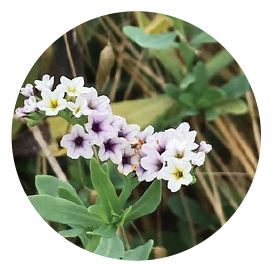
My favorite marsh plant is Alkali Heliotrope. It’s a low growing, succulent wild flower with curled, “scorpion tailed” flower heads characteristic of the Borage family. It’s found across the Americas, from Canada to Argentina, even Hawaii! However, it is considered an aggressive agricultural weed in Europe, Asia, and Africa. It is highly salt tolerant and can be found in beaches, marshes and alkali flats. It’s a favorite with pollinators; the white flowers have central yellow spots that turn purple when pollinated to cue insects to flowers that have yet to be pollinated.
-Kenneth Rangel, Restoration Operations Manager
Animals
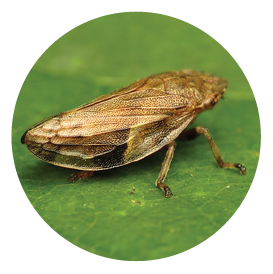
Spittle Bug! When in their nymph stage these lil rascals suck the water out of plants and use it to encase themselves in a bubble cocoon protecting them from the heat and from hungry predators. Once they’ve matured they can do some pretty incredible things. An adult froghopper accelerates at 4,000 m/s2 when it jumps – this means that it experiences 400 Gs of acceleration. To put that into perspective, if you’ve ever ridden on the Gravitron at a carnival, that tops out at 5.3 Gs.
-Charlie Onorati, Restoration Education Program Coordinator
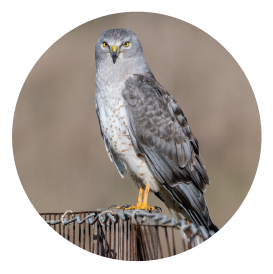
My favorite marsh animal is the Northern Harrier, a small raptor that’s native to a large portion of North America and often seen at our restoration sites. They fly steadily along the ground, hunting for prey in the tidal marsh. We hope that they don’t happen to catch the endangered Salt Marsh Harvest Mouse or snowy plover chicks. Both male and female harriers have a white patch on their rump, making them easy to identify for even the most amateur birder.
-Jessie Olson, Associate Director of Native Plant Nurseries
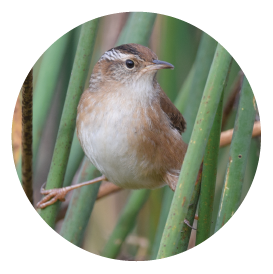
My favorite marsh organism is the Marsh Wren. This small, chirpy, and brown bird is more likely to be heard than seen. It’ll be the first animal to greet you on the shoreline and continue to heckle you throughout its territory. Male marsh wren’s can learn up to 210 different song types. When not busy singing, marsh wrens can be found building their nests in between cattails, tall sedges, or upright wetland plants. But don’t get caught between a marsh wren and a red-winged black bird, those two are known to be archnemeses!
-Denise Amador, Restoration Project Specialist
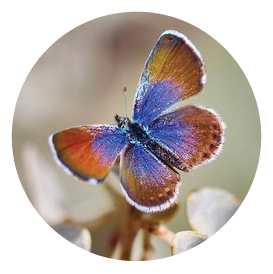
One of my favorites species is the Western Pygmy Blue butterfly, which as it’s name suggests is one of the smallest butterflies in the world, and is THE smallest butterfly in North America! They are often found in alkaline areas such as deserts and marshes. They lay their eggs exclusively on plants in the family Chenopodiaceae, which includes favorites such as pickleweed. They are one of the few butterfly species to benefit from the introduction of non-native species such as Russian thistle, as they are also members of the Chenopodiaceae family.
-Kenneth Rangel, Restoration Operations Manager

